How is Loose Leaf Tea Made?
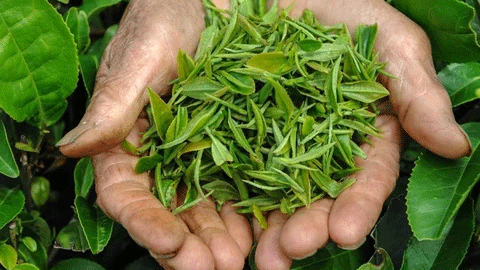
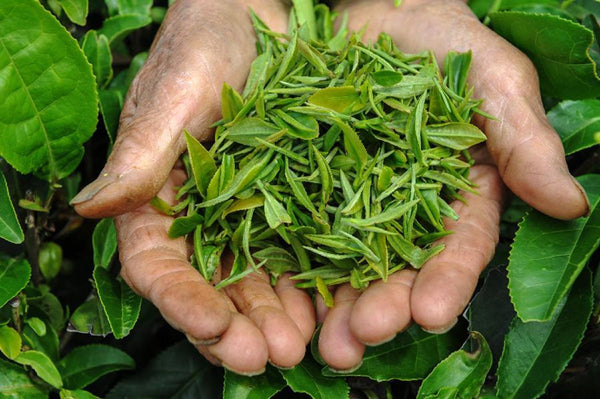
Not all teas are made equal but there is a formula used that has been perfected over hundreds of years that ensures the perfect BRUU.
Handpicked
It all starts at the harvest where the best tasting tea leaves from the Camellia Sinensis plant are hand plucked. The delicate unopened buds and leaves are carefully selected to ensure the most flavour when it reaches your cup. We pride ourselves on selecting the finest teas and avoid the lower quality tea which uses a much broader leaf and is machine harvested.
Withering
The tea leaves are then left to wither in fresh air until they have lost about 50-65% of their weight in moisture. This is caused by the enzymes in the tea leaves reacting with the oxygen and helps to prepare the tea for the next stage.
Oxidisation
The loose tea leaves are then placed in a temperature-controlled room with high humidity so they can oxidise. The longer the oxidation the darker the tea. So black tea is 100% oxidised whereas white teas are not.
Rolled
Once the tea has reached the desired level of oxidation the process then needs to be stopped so heat is applied to the leaves to deactivate the enzymes. The tea leaves are then rolled which creates the curled up shape and helps with transportation. Usually, if the tea is going into a tea bag it will be crushed, torn and chopped at this stage.
Drying
The loose teas leaves are then dried which marks the final stage in the process. This can be done in an oven, naturally or better quality teas are dried in sunlight which leads to a much fuller flavour.
So as you can see the process from harvest to cup is lengthy and at each stage, the flavour can be compromised. The most important stage is the harvest and ensuring the best quality leaves are chosen. Unfortunately most teas available these days use very poor quality tea called fannings which is flavoured artificially. Such a shame as most of the goodness of the Camellia Sinensis is then lost.
If you want to taste the best quality loose tea available then look no further....introducing BRUU
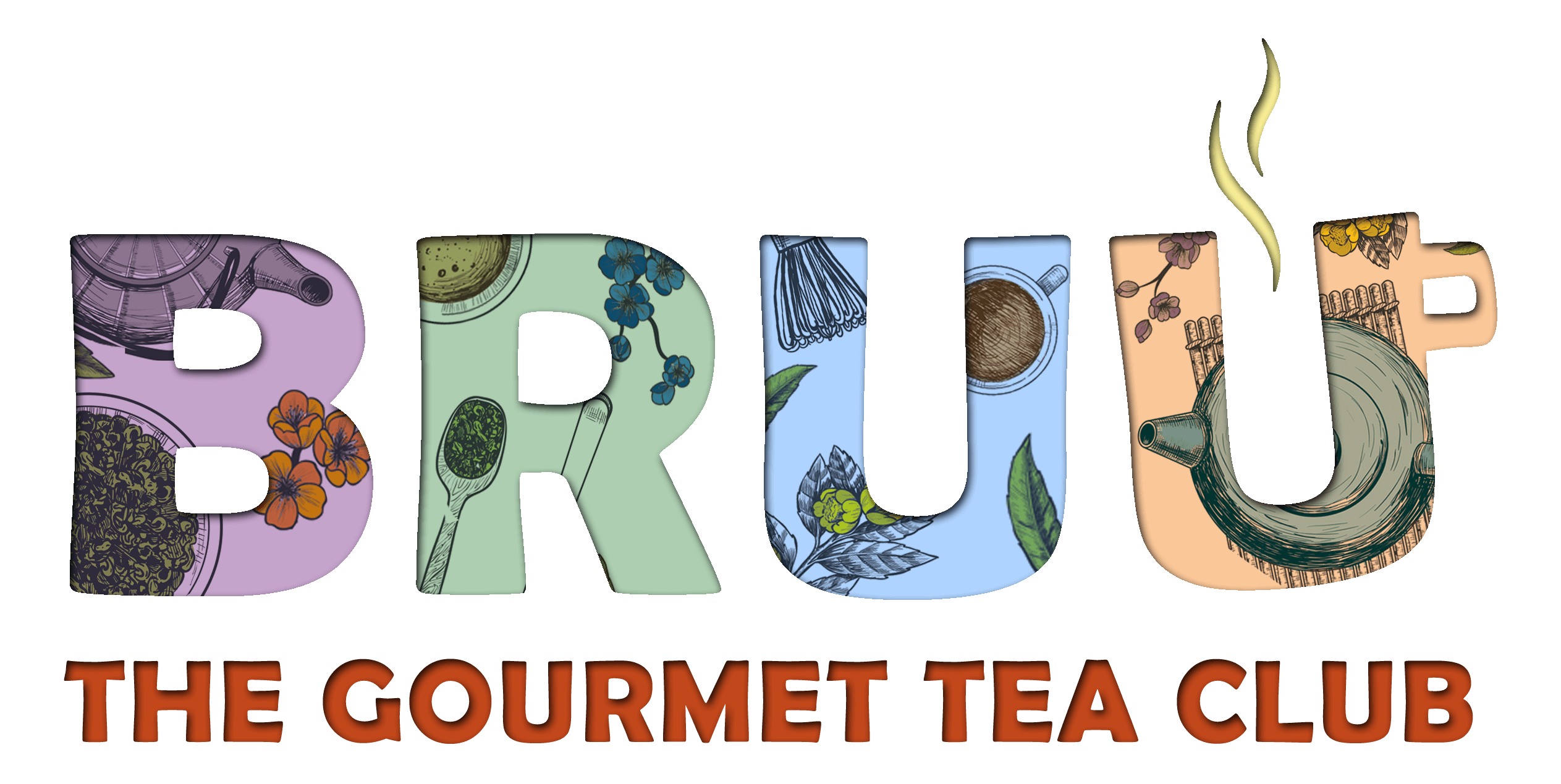

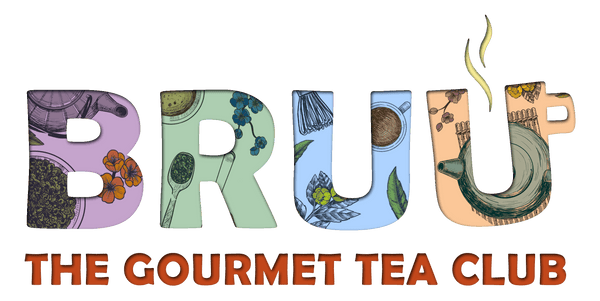
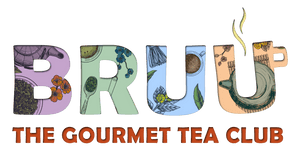
Leave a comment